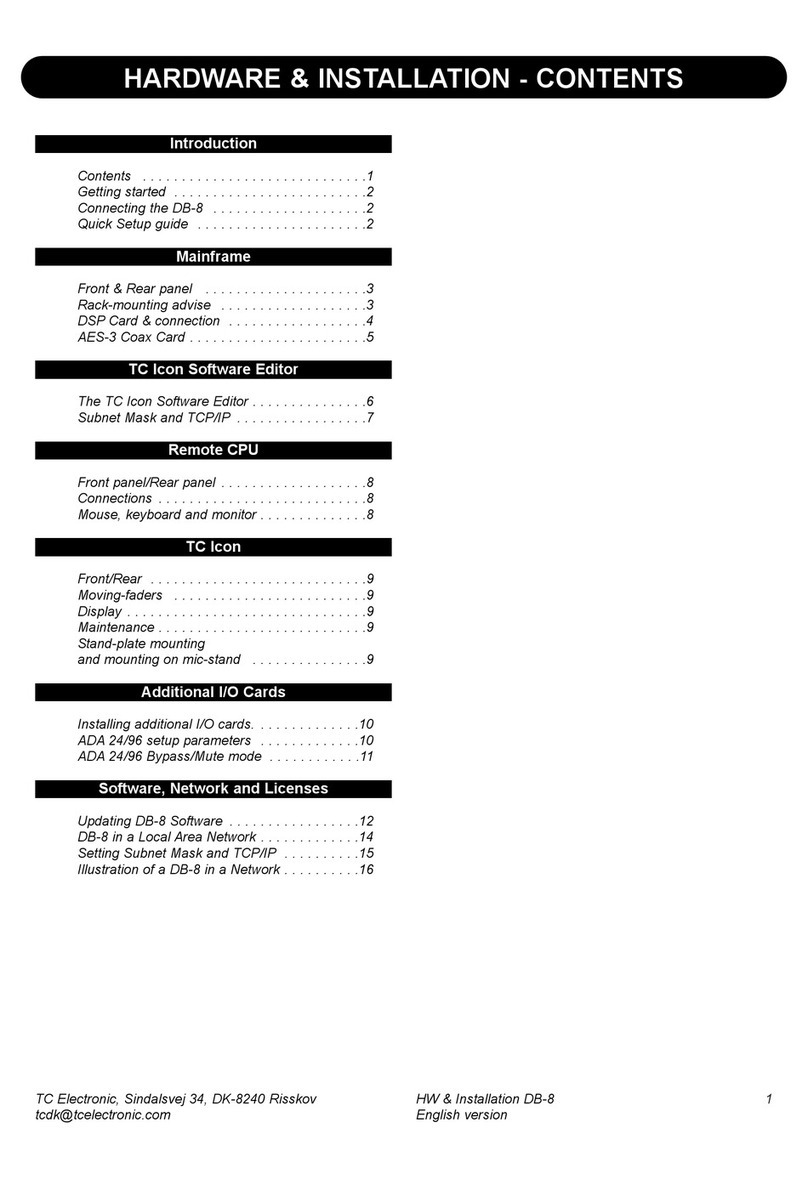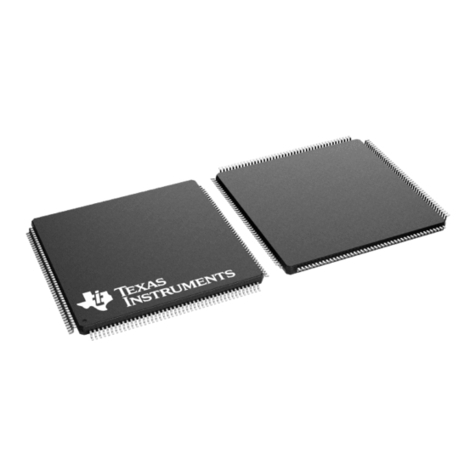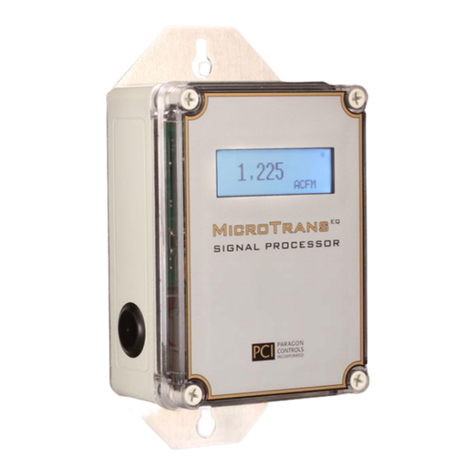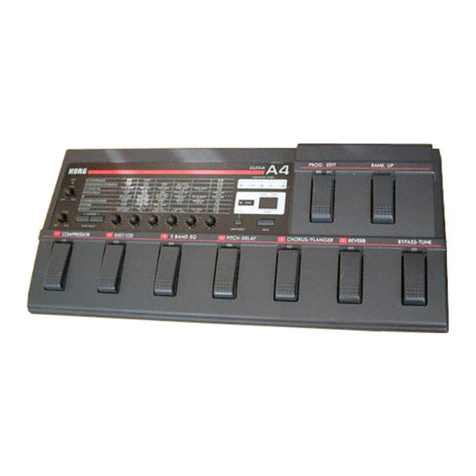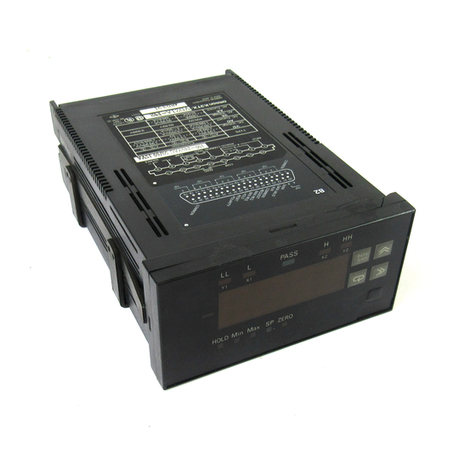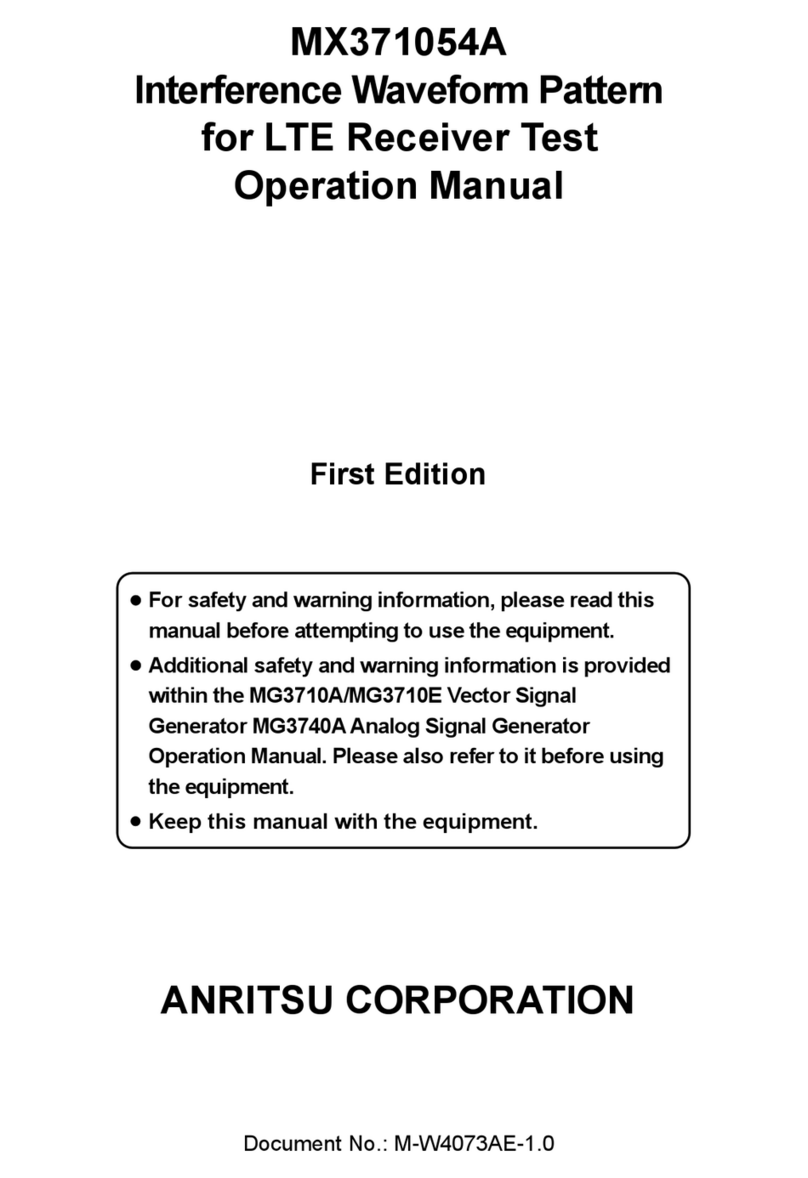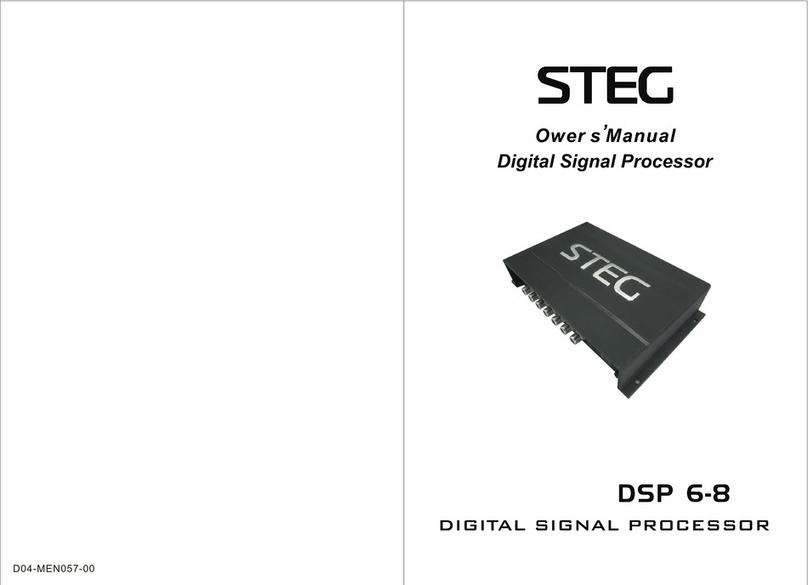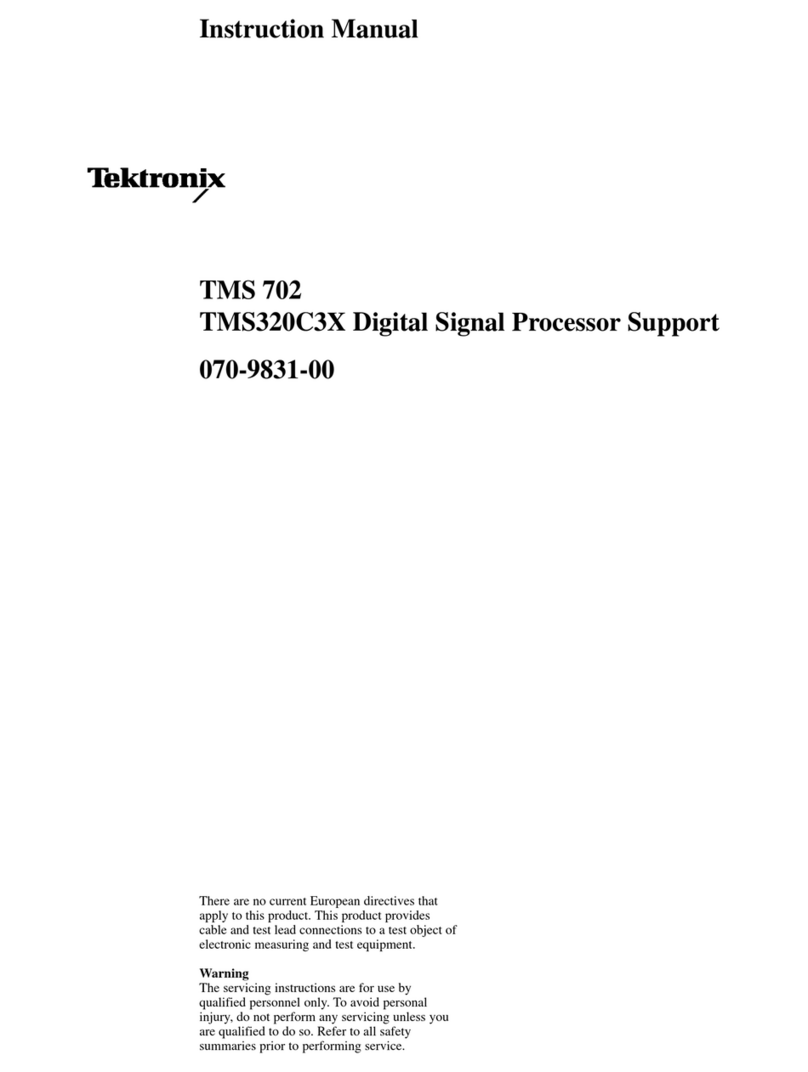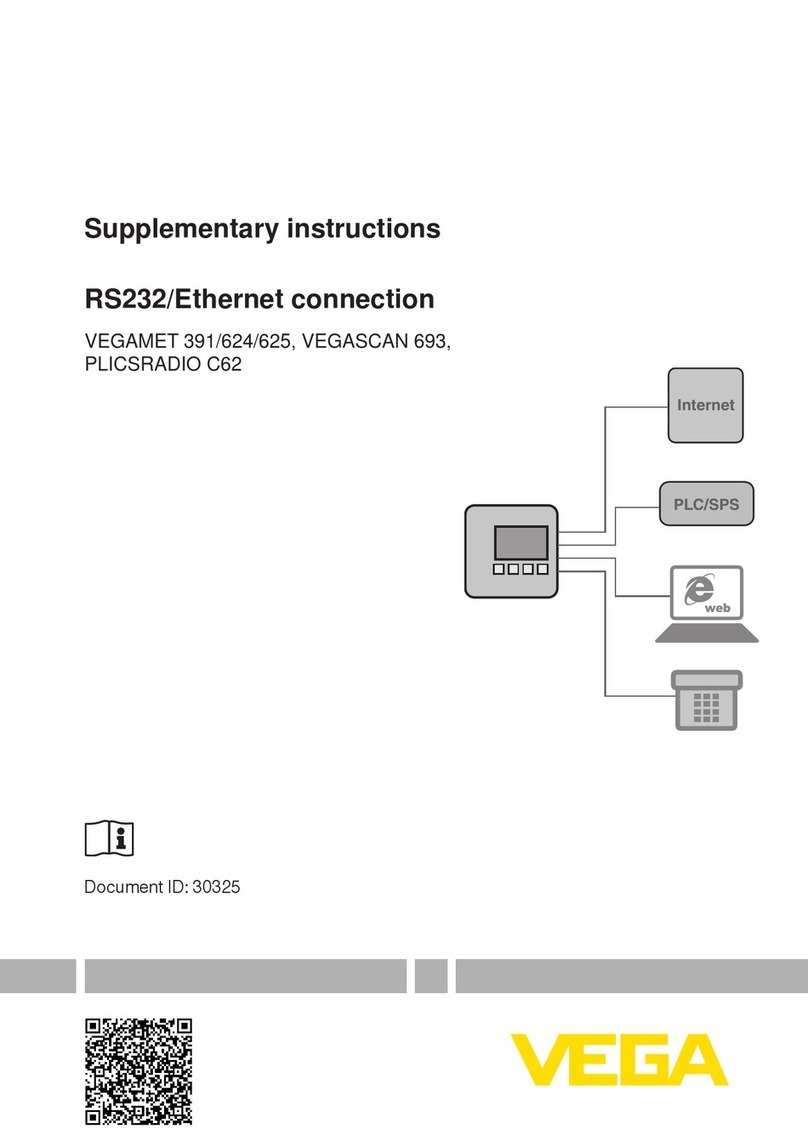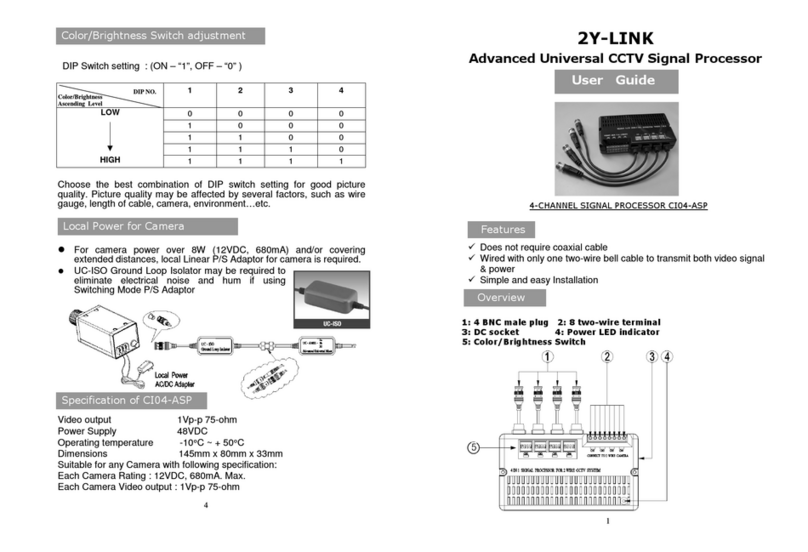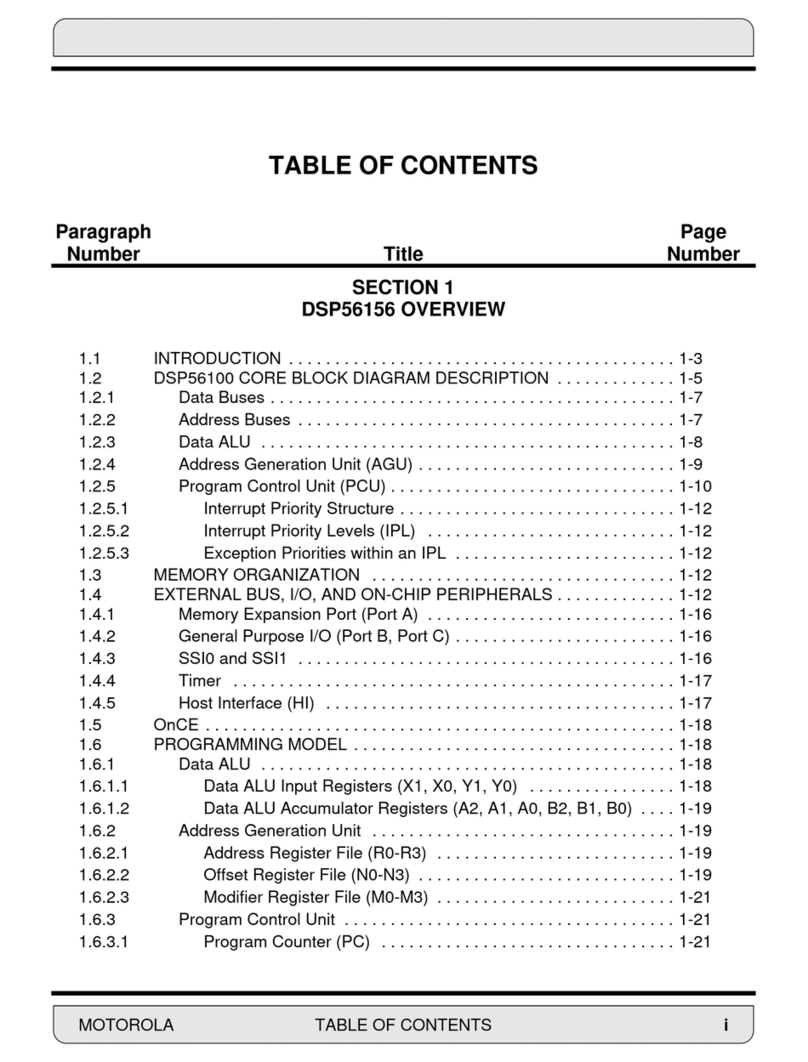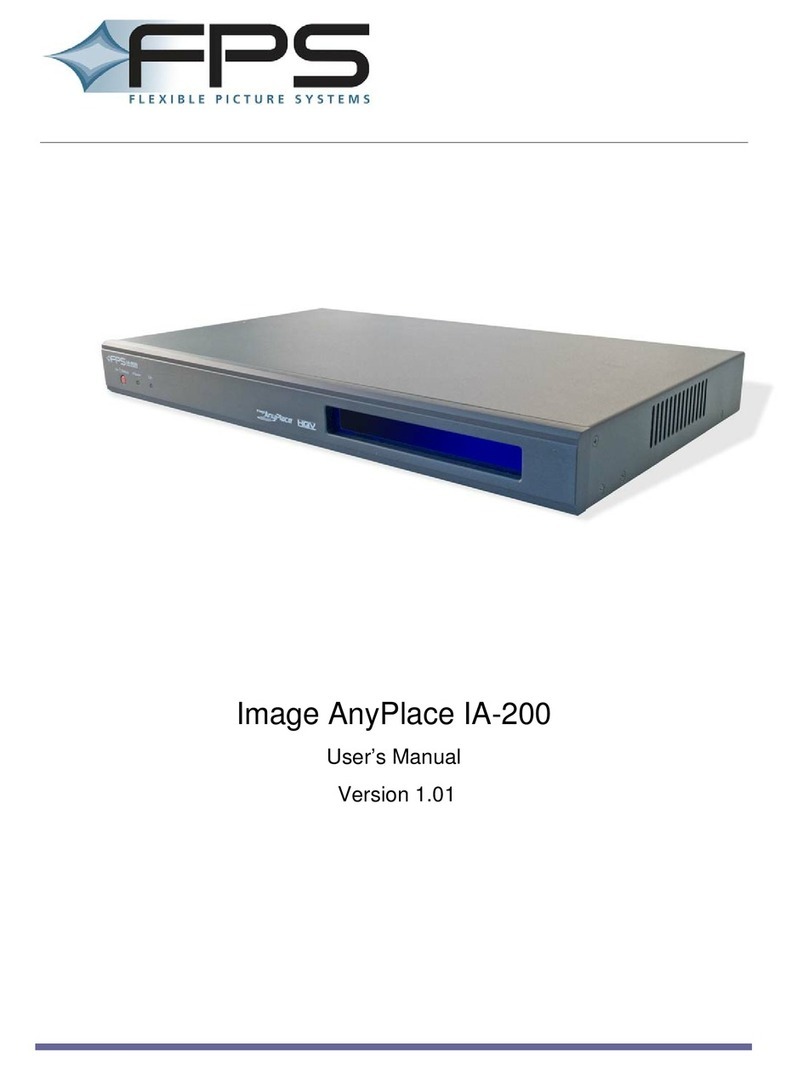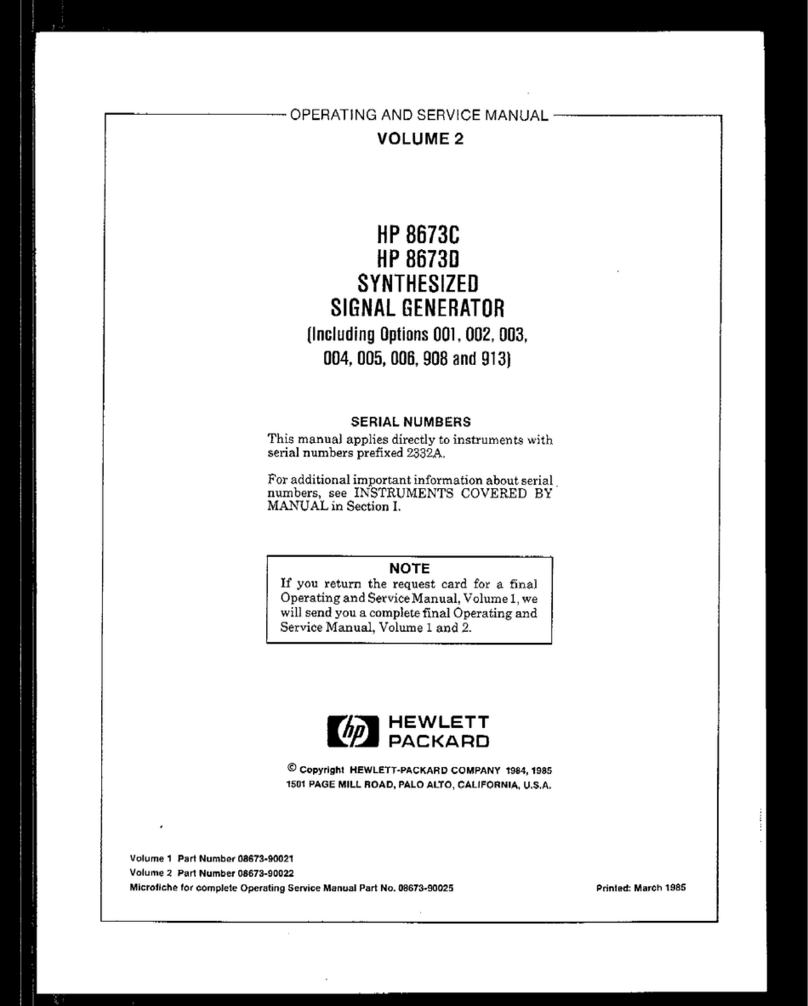8DRAWMERDSL424OPERATOR’SMANUAL
OPERATION
The Noise Gate Channels
CHAPTER 3
Theunit should beconnected in-line withthe signal tobe
processed via suitable insert points. Ensure, where
possible, that the insert send and return level on your
consoleapproximately matches the operatinglevel ofthe
DSL424.
Formonouse, each channelmay be consideredas being
completely independent and set up accordingly. For use
with stereo signals, all setting up is then done using the
noisegate 1(left) channel'scontrols.
For percussive material such as drums, fast synthesised
sounds or percussive bass guitar, the Hard mode of
operation will give the fastest response. However, with
material having a slower attack, the Hard setting may
produce transient clicks at the beginning of sounds in
which case the Soft setting may produce better results.
Initially, the Low filter should be set fully anti-clockwise
whilethe High filtershould beset fullyclockwise.This will
allowthefullaudiospectrum of the input programmeto be
monitored by the side-chain control circuitry. Set the
Range control to -90dB and the output selector switch to
Normal.
Withthereleasecontrolsetat its mid-way position, Range
set to -90dB and with suitable programme material fed
intothe DSL424, increase the Threshold levelfromitsanti-
clockwise position until the gate starts to operate. This
will be indicated by the activity of the traffic light LEDs
and you should also hear the effect on the outputs signal
in that pauses in the programme will now be silent. If the
threshold setting is too high, the gate will start to cut out
wantedpieces of programme soyou shouldadjust it toas
low a setting as possible consistent with the effective
removal of low level noise. If the ends of sounds are
obviouslybeingtruncated,thena longer release time may
help.Onthe other hand, ifunwanted noise isaudible after
thewanted sound hasended,a shorter releasetimemay
wellbe more appropriate.
Therearecircumstanceswhentheprogrammematerial is
corruptednotonlybyunwanted randomnoise,butbysome
othersound.Forexample,inamulti-mikeddrumkitsetup,
some hi-hat will inevitably leak into the snare mic, some
snare drum into the kick drum mic and so on. Equally,
whenrecording on location, you mayexperienceproblems
duetowind or traffic noiseor close-byconversation. Ifthe
unwanted noise is different in pitch to the wanted sound,
it is often possible, by using the Key Listen facility, to use
the filters to 'tune' into the wanted sound while excluding
as much of the unwanted sound as possible. Used
carefully, thesefilters cansignificantly increasethe gate's
immunity to false triggering.
LINKED OPERATION
It is important to note that when linked, the control signal
is derived entirely from the noise gate 1 channel. This
means that stereo signals where one channel differs
significantly from another may fare better if the channels
are not linked.
Onthe other hand,this modeof linkingisvery powerful in
synchronizing the start and finish of sounds, a typical
applicationbeing to tightenupbackingvocals.If onesinger
tendsto finish noteson time whilethe otherhangs on too
long, the correct version can be used as the master to
ensure that both finish at the same time. Similarly, one
soundcan be used to gate anotherwithouthavingtoresort
to patching in an external key signal. An example might
be to gate a low frequency tone from a bass drum signal
and then add this gated tone to the drum sound to add
depth.
DIFFICULT MATERIAL
Aswith any other gate,noise canonly beremoved during
pausesin the wantedmaterial. Ifthe noisecontamination
is serious enough to be evident even during moderately
loud programme material, then simple gating will do little
tohelp. Indeed, the veryfact thatthe gateproducesnear-
perfectsilenceduring pauses can make thenoise content
ofthe programme material seemeven worse.In marginal
cases, setting the range control to -20dB rather than -
90dBwill adequately reducethe noise duringpausesbut
notsufficientlytocauseanunacceptablydramaticchange
in noise level as the gate opens and closes.
More sophisticated processors such as the Drawmer
DF330 are better able to cope with excessive noise as
they adaptively filter the programme so as to mask the
noise during low level passages or where there is little
high frequency content present to mask it. However, the
keyfilters in the DSL424may alsobe usedto goodeffect,
particularly in situations where the wanted signal does
not occupy the full audio spectrum.


